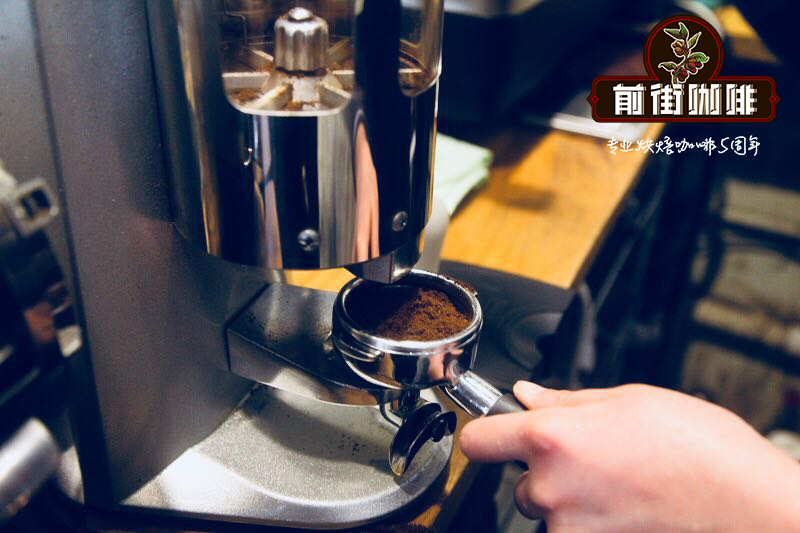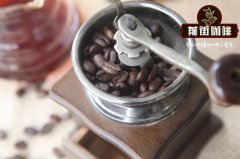Yemeni Harazi Sun Red Cherry Flavor? where can I buy Yemeni coffee?

Yemeni Haraz red cherry
Country: Yemen
Region: Haraaz
Farm: independent small farmers
Varieties: Tuffahi,Dawairi,Ismaili and Jaadi
Altitude: 1900 Murray 2440 masl
Processing method: sun-red ripe cherries are dried on an elevated bed
Description
One of the oldest histories of coffee production belongs to Yemen, a small peninsula country stretching out into the Red Sea. Since about the end of the 16th century, coffee in Yemen has been produced and processed using traditional methods. The method commonly used in Yemen is the "trunk natural" process, in which coffee fruit is allowed to dry on the tree before picking, and then further dried, shelled and ground on the roof. Historically, this has led to the classic Yemeni characteristics of muddy fruit, earthy cups and strong flavors, but what will Yemeni coffee taste like if cherries are picked?
Yemen has been in the midst of a devastating civil war and it is not clear when we will drink coffee from there again. As we have seen from other coffee-growing areas that have recovered from political or military unrest, such as Rwanda and Honduras, high-quality specialty coffee can be a positive and productive element of economic and social reconstruction. We hope the same is true of beautiful people and Yemeni delicious coffee.
As I mentioned earlier, Yemeni coffee is usually harvested from dried cherries picked directly from trees. After picking, spread the cherries over the roof or sheets and make them drier over the next two to three weeks. When the coffee is ready for export, grind it and send it out.
But this kind of coffee is different. It is a ripe cherry bought directly from farmers, not dried raisins. In this way we know that we only choose the best and the most ripe cherries. Next, the coffee is dried on an elevated bed instead of on a traditional roof. This difference provides an ideal dry environment.
In the cup test, the first drink is brandy, followed by complex sweet spices (think of spices, cinnamon and nutmeg). It has a mellow body and a slightly peppery finish.
Important Notice :
前街咖啡 FrontStreet Coffee has moved to new addredd:
FrontStreet Coffee Address: 315,Donghua East Road,GuangZhou
Tel:020 38364473
- Prev

How about lactic acid coffee in the new season in Medellin, Colombia? Brief introduction of lactic acid fermentation
Colombia Renacer Lactic fermentation 2020 State: Columbia: Antioquia City: Medellin Community: La Sierra processing Plant: Renacer Farm: El Descanso,El Tractor and Villa Sierra altitude: 2300 m fermentation method: lactic acid fermentation varieties: Caturra,Bourbon and Typica describe this is the first time we've seen this.
- Next

Limon Hiro Manor in Nicaragua introduces the difference between yellow fruit Pacamara and red fruit?
Farm: El Limoncillo Farmer: Dr. Erwin Mierisch area: Matagalpa Farm area: 171.00 ha Coffee planting area: 109.00 ha altitude: 1200 m Variety: yellow and Red Pacamara processing system: washed Red Pacamara in the cup test, citric acid can be tasted at the front end, and you will taste fresh along the way in the rest of the taste.
Related
- Detailed explanation of Jadeite planting Land in Panamanian Jadeite Manor introduction to the grading system of Jadeite competitive bidding, Red bid, Green bid and Rose Summer
- Story of Coffee planting in Brenka region of Costa Rica Stonehenge Manor anaerobic heavy honey treatment of flavor mouth
- What's on the barrel of Blue Mountain Coffee beans?
- Can American coffee also pull flowers? How to use hot American style to pull out a good-looking pattern?
- Can you make a cold extract with coffee beans? What is the right proportion for cold-extracted coffee formula?
- Indonesian PWN Gold Mandrine Coffee Origin Features Flavor How to Chong? Mandolin coffee is American.
- A brief introduction to the flavor characteristics of Brazilian yellow bourbon coffee beans
- What is the effect of different water quality on the flavor of cold-extracted coffee? What kind of water is best for brewing coffee?
- Why do you think of Rose Summer whenever you mention Panamanian coffee?
- Introduction to the characteristics of authentic blue mountain coffee bean producing areas? What is the CIB Coffee Authority in Jamaica?

